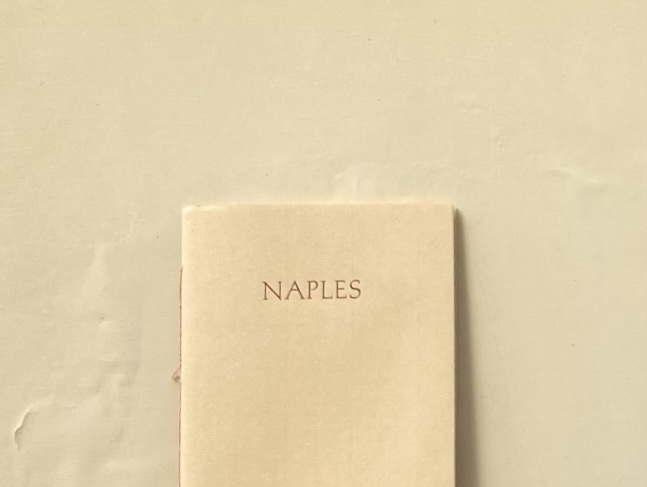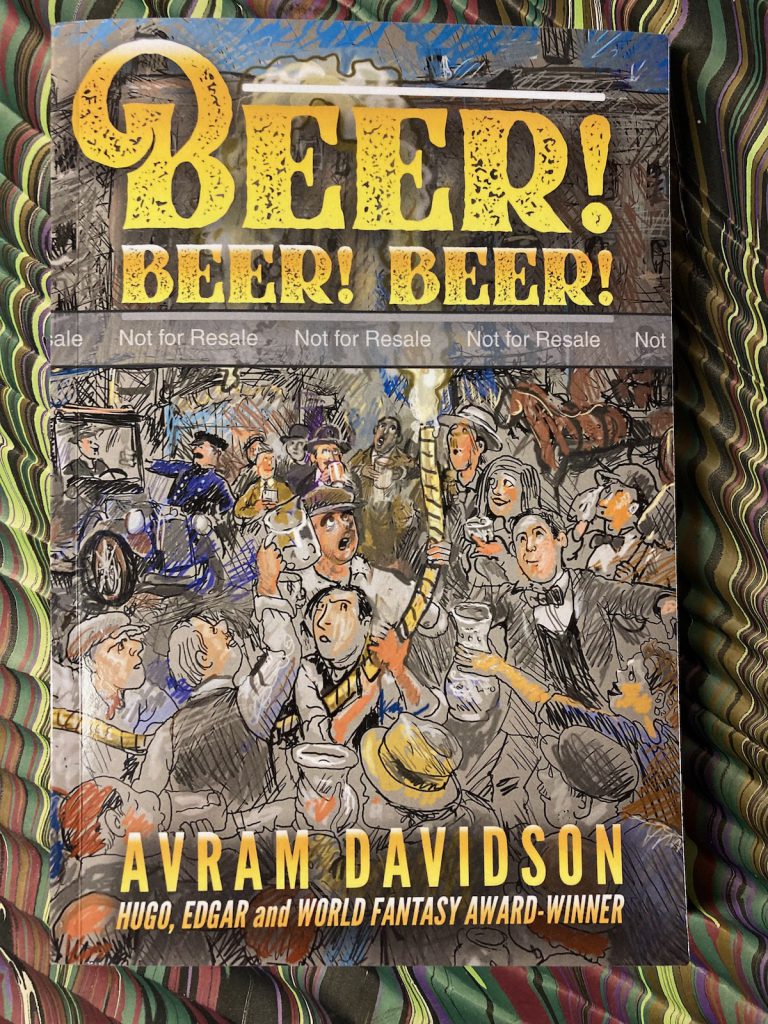‘unstringing my rage with quick fingers’

— Angela Slatter. The Wrong Girl & Other Warnings. [Brain Jar Press, 2023 : POD 8 January 2024].
Angela Slatter’s work is now well known. She won the World Fantasy award for The Bitterwood Bible and Other Recountings (Tartarus, 2014), and has picked up several several others along the way. The Wrong Girl & Other Warnings demonstrates a range of tones and geographies and narrative structures, among them a dark Sherlock Holmes incident interrogative of late Victorian assumptions and preoccupations, tales set in the town of Mercy’s Brook that seem almost cozy until the sharp steel appears, and a Miltonian settling of scores with a hypocrite priest. The title story is really something, a deft, wrenching account of the entangled lives of two sisters. Slatter sets this one up concisely and beautifully, the artist narrator and her improvident, carefree sister : “the butterfly departing on a whim, taking my favourite jeans and earrings, and leaving roughly the same devastation in its wake as a tornado”. When the butterfly image recurs a few pages later, it is the opening of the final act.
“The Three Burdens of Nest Wynne” is a ghost tale firmly anchored in a rural Welsh setting where the weight of past deeds erupts into the present. Slatter’s American locations are sometimes a bit generic but the struggle against ambient misogyny is real enough. This is a collection worth reading.
The last three stories are brief, previously unpublished retellings of classical motifs, with something of the same intensity found in the work of another Angela, Angela Carter ; and the same upending of the received versions. “Pomegranates” is Persephone’s tale retold ; “Lyre, Lyre” is Eurydice’s account, in which the artistic temper tantrums of Orpheus are noted. The last one, “Loom”, is best of all. Penelope’s terse review of the twenty years’ separation, and her knowledge of errant Odysseus (“all the things the birds left out”), just plain sings ! And then there is this swift phrase at the hinge of the story : “unstringing my rage with quick fingers”! My friend Michael Swanwick agrees with me : “This brilliant burst of fury makes the story”.
“Loom” is Slatter’s Homer : all the Odyssey in the span of a couple of pages and a worthy counterpoint to Avram Davidson’s Homer, the yarn of Odysseus in 1970s American vernacular, found in the pages of Peregrine : Primus.


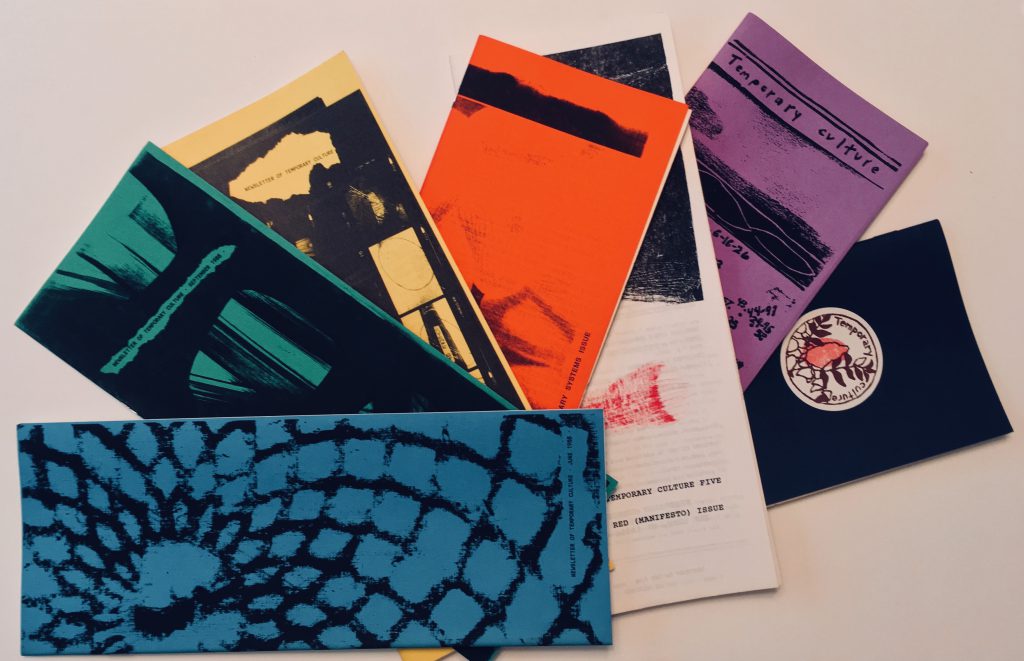









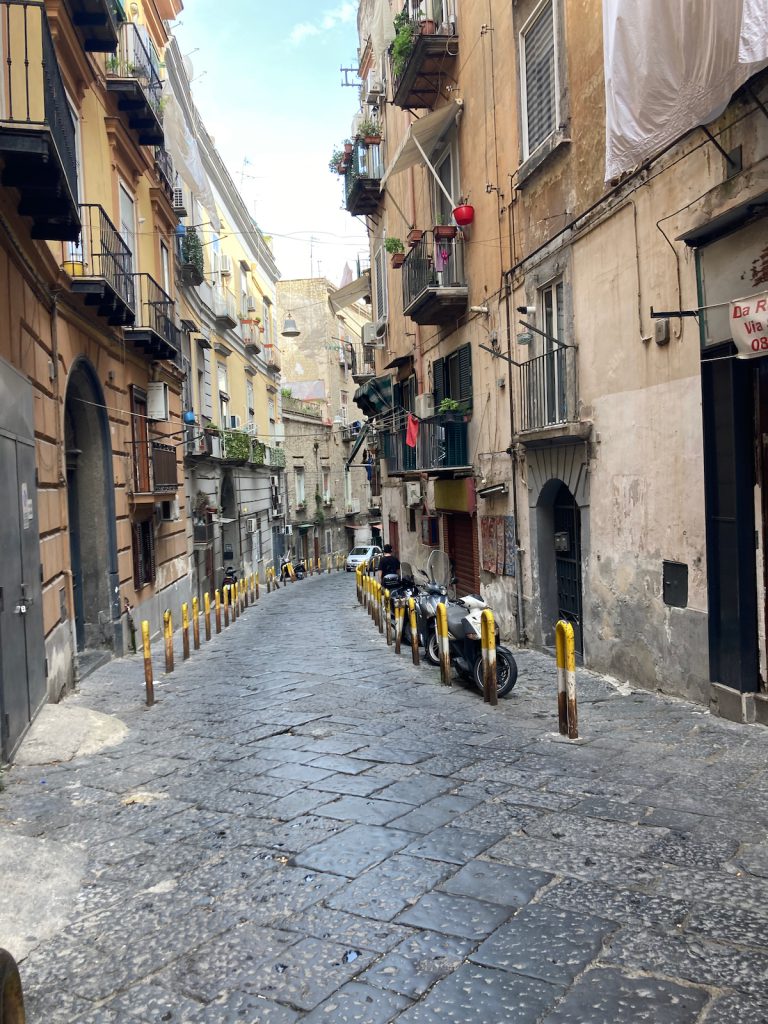





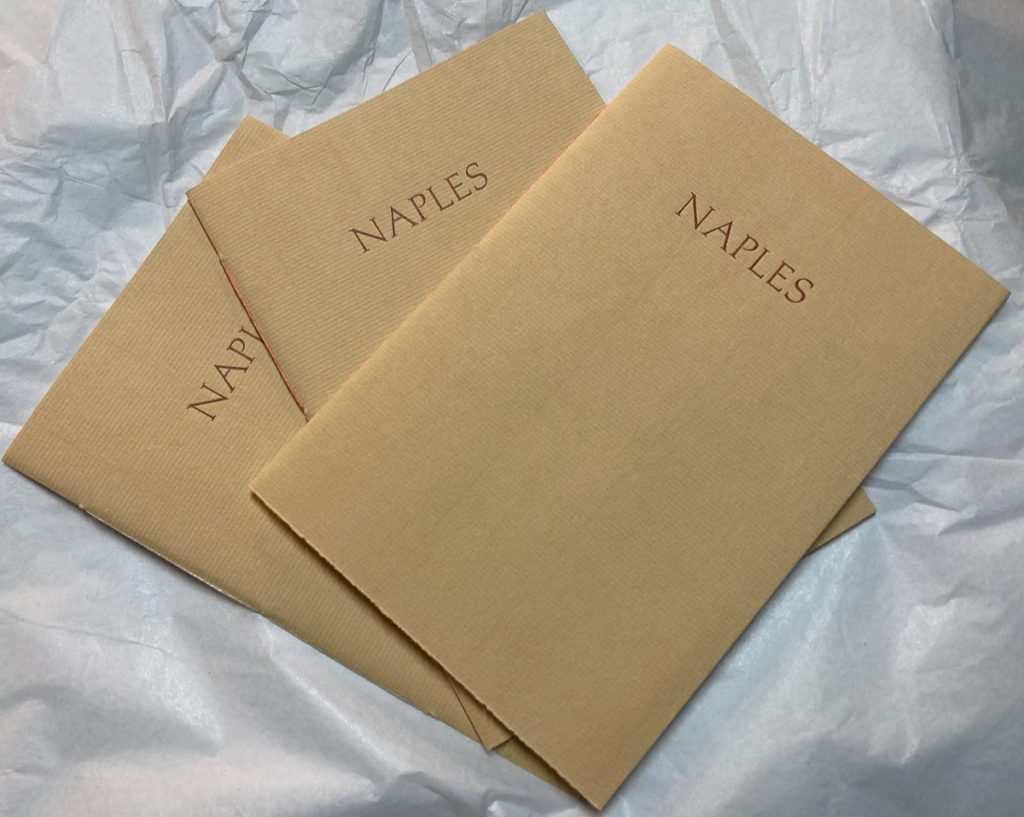 NAPLES is a fine press edition of one of Avram Davidson’s darkest tales, originally published in the first Shadows anthology edited by Charles L. Grant. NAPLES won the World Fantasy award for short fiction in 1979, the same year Jorge Luis Borges was named the recipient of the World Fantasy Life Achievement award ; Davidson received that award in 1986.
NAPLES is a fine press edition of one of Avram Davidson’s darkest tales, originally published in the first Shadows anthology edited by Charles L. Grant. NAPLES won the World Fantasy award for short fiction in 1979, the same year Jorge Luis Borges was named the recipient of the World Fantasy Life Achievement award ; Davidson received that award in 1986.